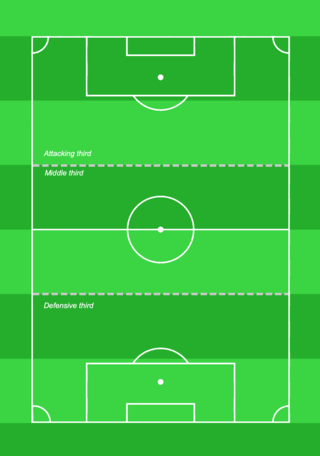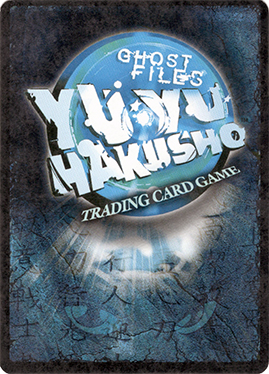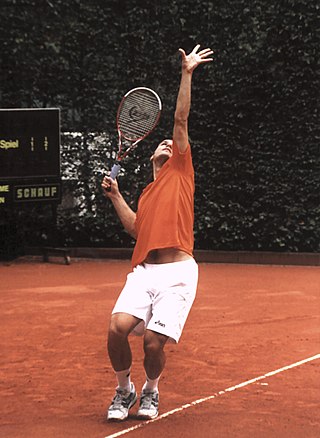
Volleyball is a team sport in which two teams of six players are separated by a net. Each team tries to score points by grounding a ball on the other team's court under organized rules. It has been a part of the official program of the Summer Olympic Games since Tokyo 1964. Beach volleyball was introduced to the programme at the Atlanta 1996 Summer Olympics. The adapted version of volleyball at the Summer Paralympic Games is sitting volleyball.
2.5D perspective refers to gameplay or movement in a video game or virtual reality environment that is restricted to a two-dimensional (2D) plane with little or no access to a third dimension in a space that otherwise appears to be three-dimensional and is often simulated and rendered in a 3D digital environment.

Team tactics as well as individual skills are integral for playing association football. In theory, association football is a very simple game, as illustrated by Kevin Keegan's namely assertion that his tactics for winning a match were to "score more goals than the opposition". Tactical prowess within the sport is nonetheless a craftsmanship of its own, and one of the reasons why managers are paid well on the elite level. Well-organised and ready teams are often seen beating teams with more skillful players on paper. Manuals and books generally cover not only individual skills but tactics as well.

Ragdoll physics is a type of procedural animation used by physics engines, which is often used as a replacement for traditional static death animations in video games and animated films. As computers increased in power, it became possible to do limited real-time physical simulations, which made death animations more realistic.

The Yu Yu Hakusho Trading Card Game was first published in 2003 by Score Entertainment, and is based on the anime and manga series YuYu Hakusho. It is a two-player tournament-styled collectible card game; each player uses a deck of forty-four or more cards that is headed by a team of four character cards. The game was discontinued in 2005.
Serve-and-volley is a style of play in tennis where the player (volleyer) serving moves quickly towards the net after hitting a serve, to attempt to hit a volley afterwards. In the serve-and-volley playstyle, the server attempts to hit a volley, as opposed to the baseline game, where the server stays back following the serve and attempts to hit a groundstroke. As a returner/receiver (volleyer) of a serve, the player may also attempt to hit a half-volley, instead of waiting longer after the ball has bounced to hit a usual groundstroke. The serve-and-volley style of play has diminished in recent years with advances in racquet and string technologies which allow players to generate a great amount of top spin on groundstrokes and passing shots. The slowing of court surfaces and deflation of balls, promoting longer rallies for the enjoyment of spectators, has also devalued the serve-and-volley style.

The backhand is a shot used in most racket sports, such as tennis, table tennis and pickleball, where the back of the hand precedes the palm when swinging the racket. Except in the phrase backhand volley, the term refers to a groundstroke. It contrasts with the forehand stroke, where the palm precedes the back of the hand. The term is also used in other sports where a similar motion is employed, such as throwing a sport disc.
A drop shot is a shot in some racket sports in which the ball is hit relatively softly, sometimes with topspin or backspin, so that it lands just over and close to the net. A well-placed and well-timed drop shot will make it difficult for the opposing player to hit an aggressive or offensive shot in return. The most successful drop shots will not allow the opponent to hit the ball back at all.
This page is a glossary of tennis terminology.
Players use different strategies while playing tennis to enhance their own strengths and exploit their opponent's weaknesses in order to gain the advantage and win more points.

Footwork is a martial arts and combat sports term for the general usage of the legs and feet in stand-up fighting. Footwork involves keeping balance, closing or furthering the distance, controlling spatial positioning, and/or creating additional momentum for strikes.
Strafing in video games is a maneuver which involves moving a controlled character or entity sideways relative to the direction it is facing. This may be done for a variety of reasons, depending on the type of game; for example, in a first-person shooter, strafing would allow one to continue tracking and firing at an opponent while moving in another direction.
Basketball is a ball game and team sport in which two teams of five players try to score points by throwing or "shooting" a ball through the top of a basketball hoop while following a set of rules. Since being developed by James Naismith as a non-contact game that almost anyone can play, basketball has undergone many different rule variations, eventually evolving into the NBA-style game known today. Basketball is one of the most popular and widely viewed sports in the world.

A serve in tennis is a shot to start a point. A player will hit the ball with a racquet so it will fall into the diagonally opposite service box without being stopped by the net. Normally players begin a serve by tossing the ball into the air and hitting it. The ball can only touch the net on a return and will be considered good if it falls on the opposite side. If the ball contacts the net on the serve but then proceeds to the proper service box, it is called a let; this is not a legal serve in the major tours although it is also not a fault. Players normally serve overhead; however serving underhand is allowed. The serve is the only shot a player can take their time to set up instead of having to react to an opponent's shot; however, as of 2012, there is a 25-second limit to be allowed between points.

In volleyball, spiking is the offensive play where a player swings the ball with their palm sharply downwards over the net and into the opposing court, making it difficult for the opposing team to recover the ball. The mechanism of spiking is unique to volleyball, but its counterparts in other sports include slam dunking in basketball, smashing in tennis, or shooting in association football.

Volley fire, as a military tactic, is the concept of having soldiers shoot in the same direction en masse. In practice, it often consists of having a line of soldiers all discharge their weapons simultaneously at the enemy forces on command, known as "firing a volley", followed by more lines of soldiers repeating the same manoeuvre in turns. This is usually to compensate for the inaccuracy, slow rate of fire, limited effective range and stopping power of individual weapons, which often requires a massed saturation attack to be effective. The volley fire, specifically the musketry volley technique, requires lines of soldiers to step to the front, fire on command and then march back into a column to reload, while the next row repeats the same process.
This is a non-comprehensive list that includes terms used in video games and the video game industry, as well as slang used by players.
This glossary provides definitions and context for terminology related to, and jargon specific to, the sport of pickleball. Words or phrases in italics can be found on the list in their respective alphabetic sections.








